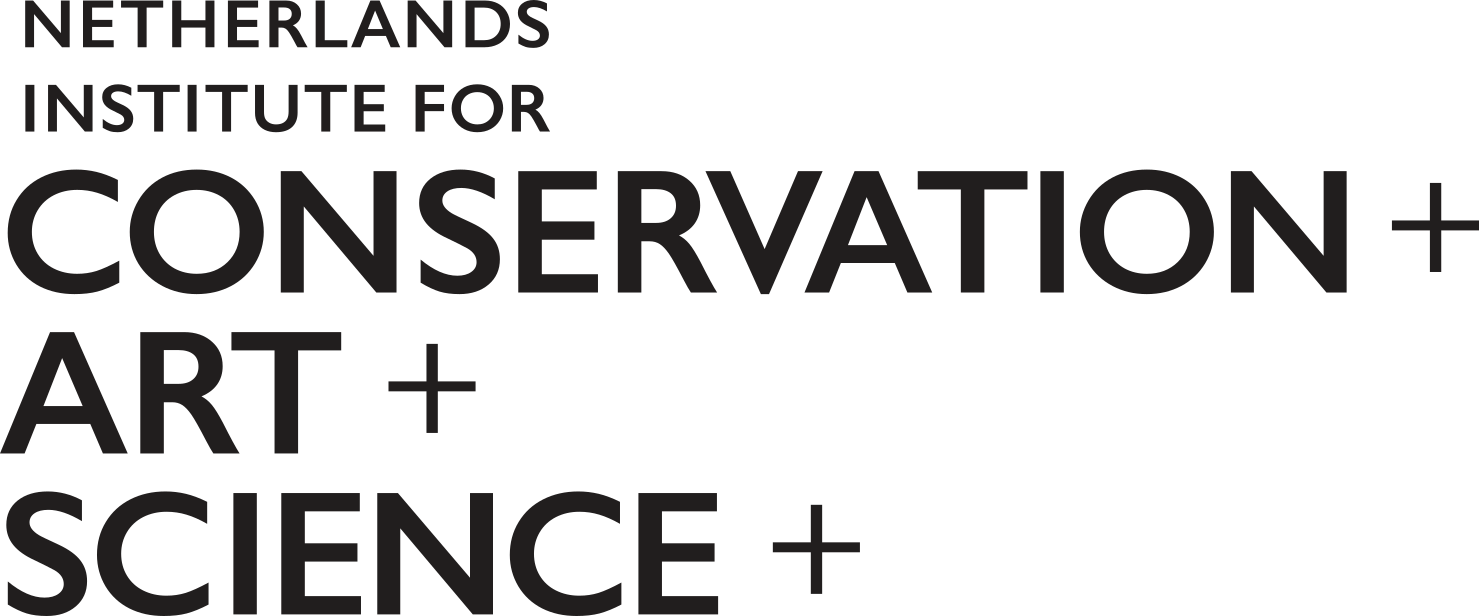Media
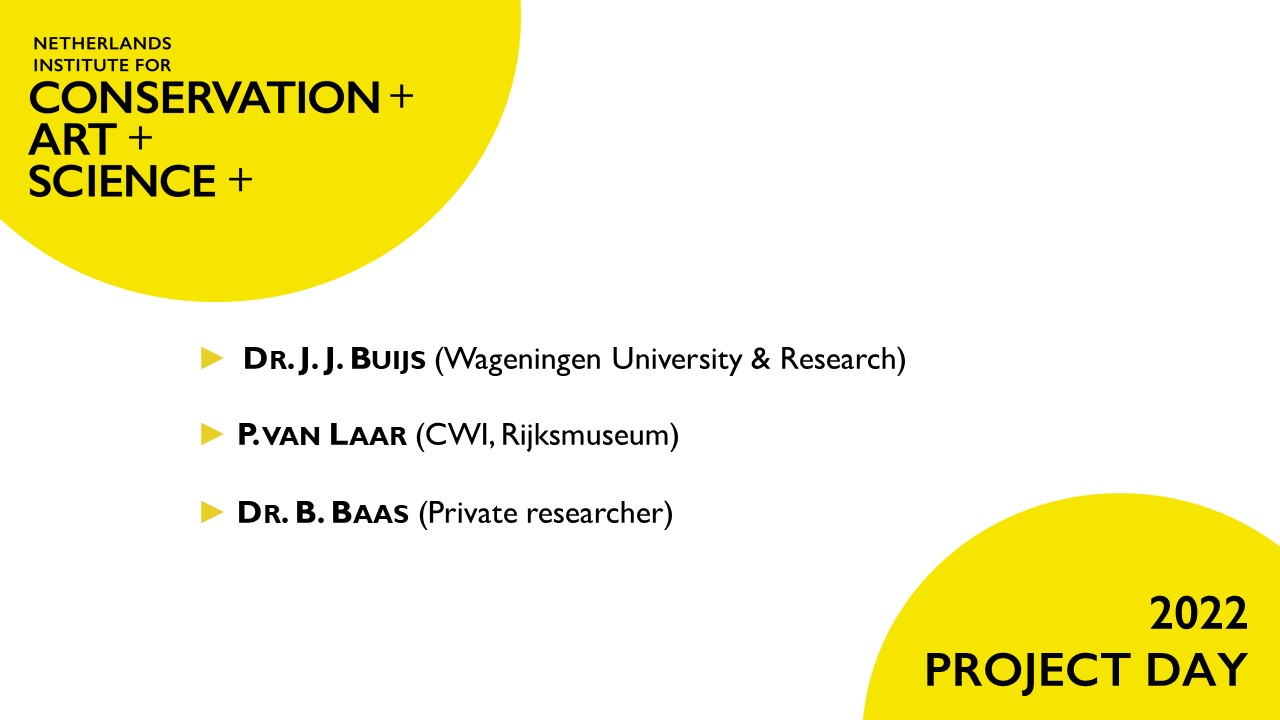
NICAS PROJECT DAY 2022 - THIRD PART
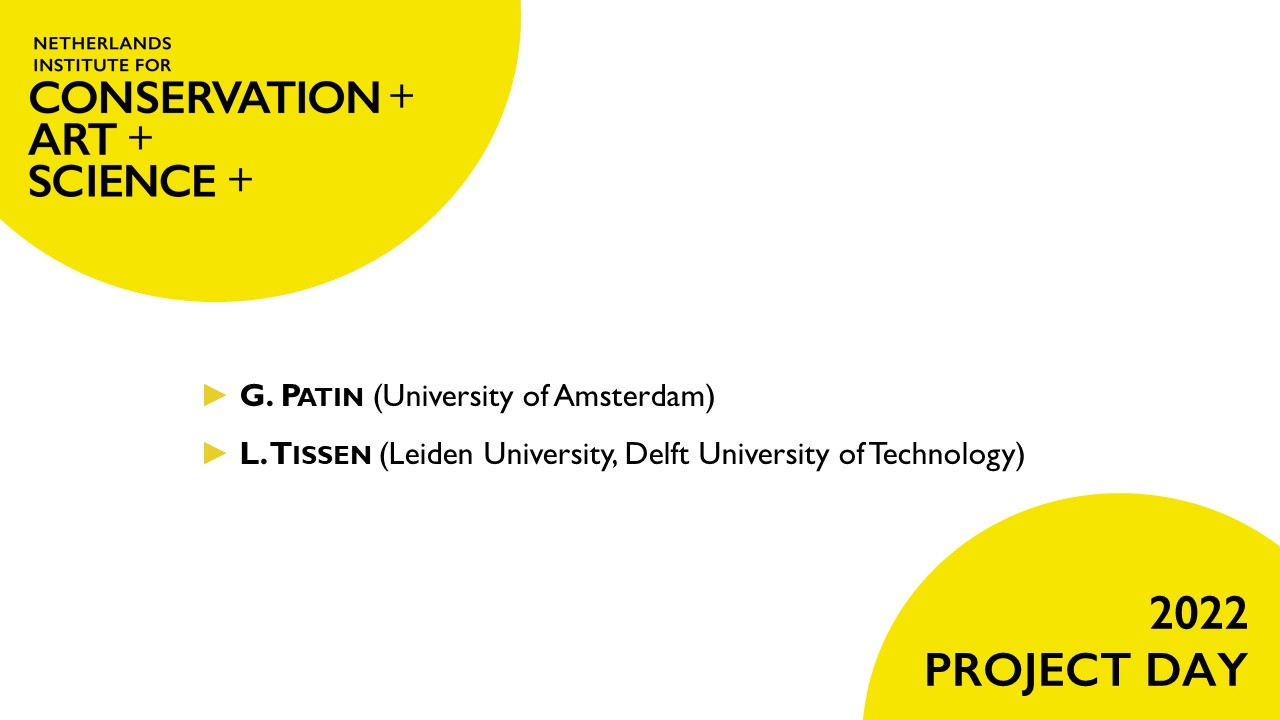
NICAS PROJECT DAY 2022 - SECOND PART
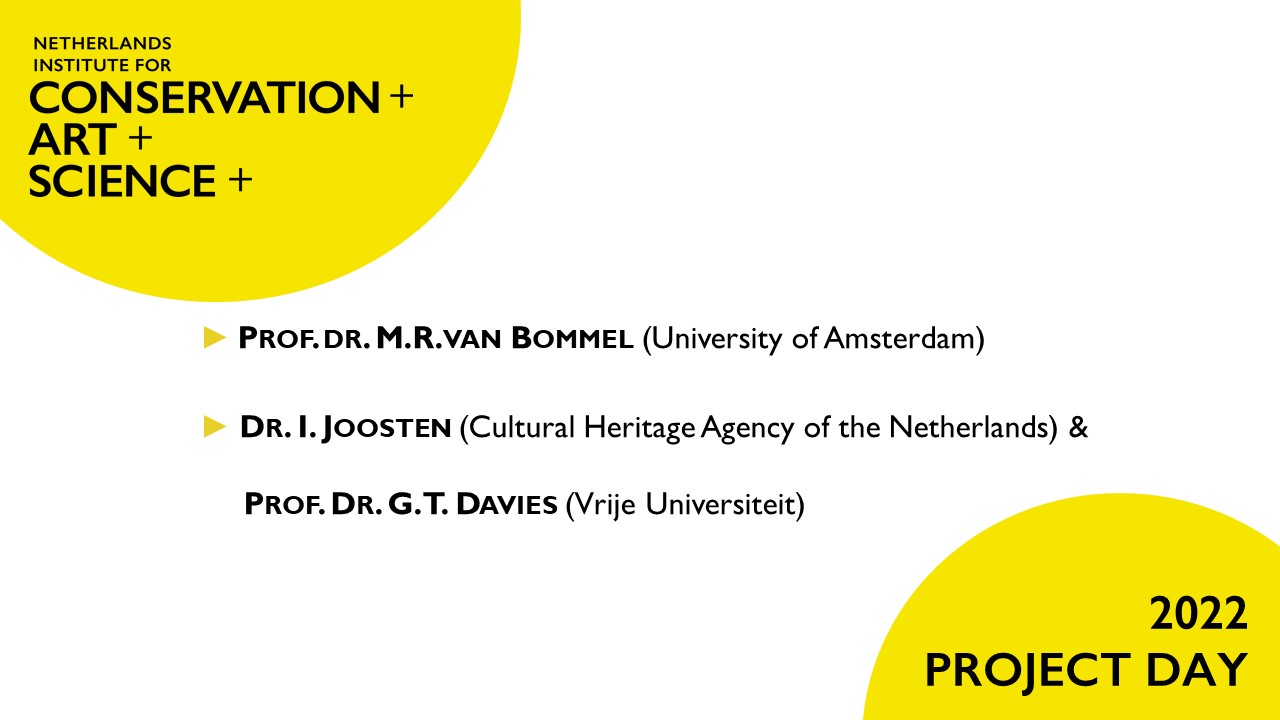
NICAS PROJECT DAY 2022 - FIRST PART
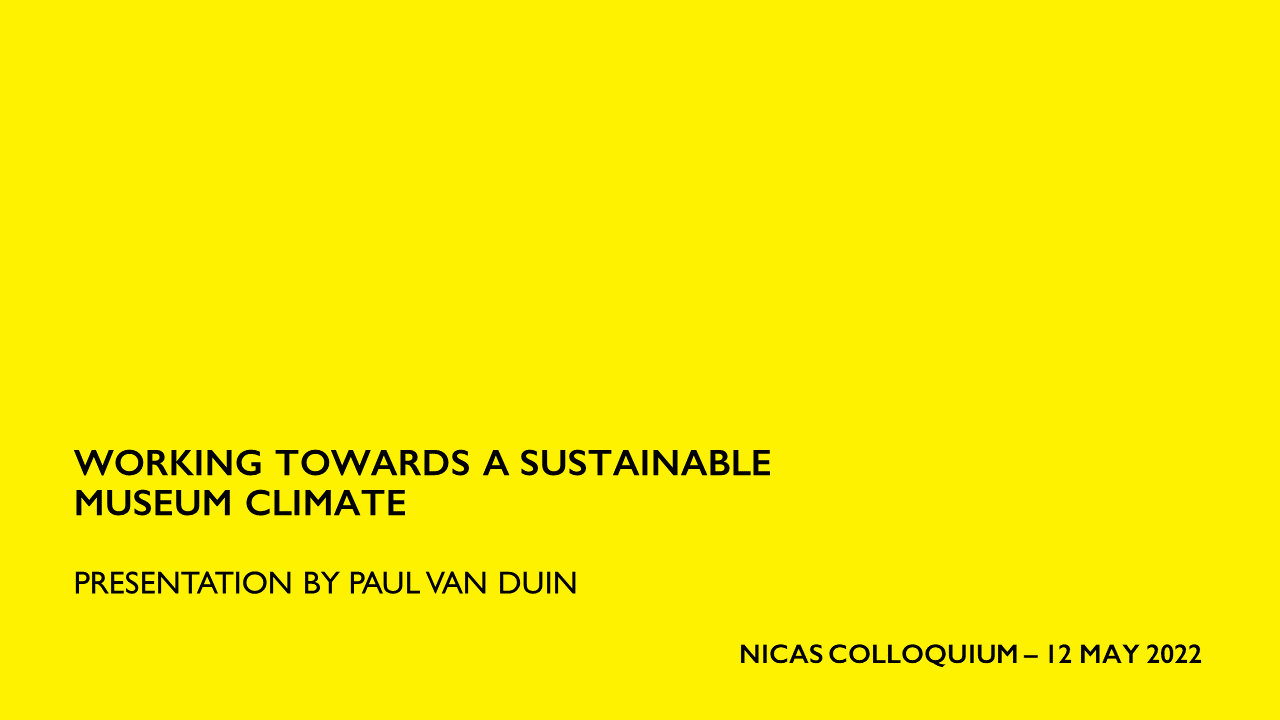
NICAS COLLOQUIUM

NICAS COLLOQUIUM
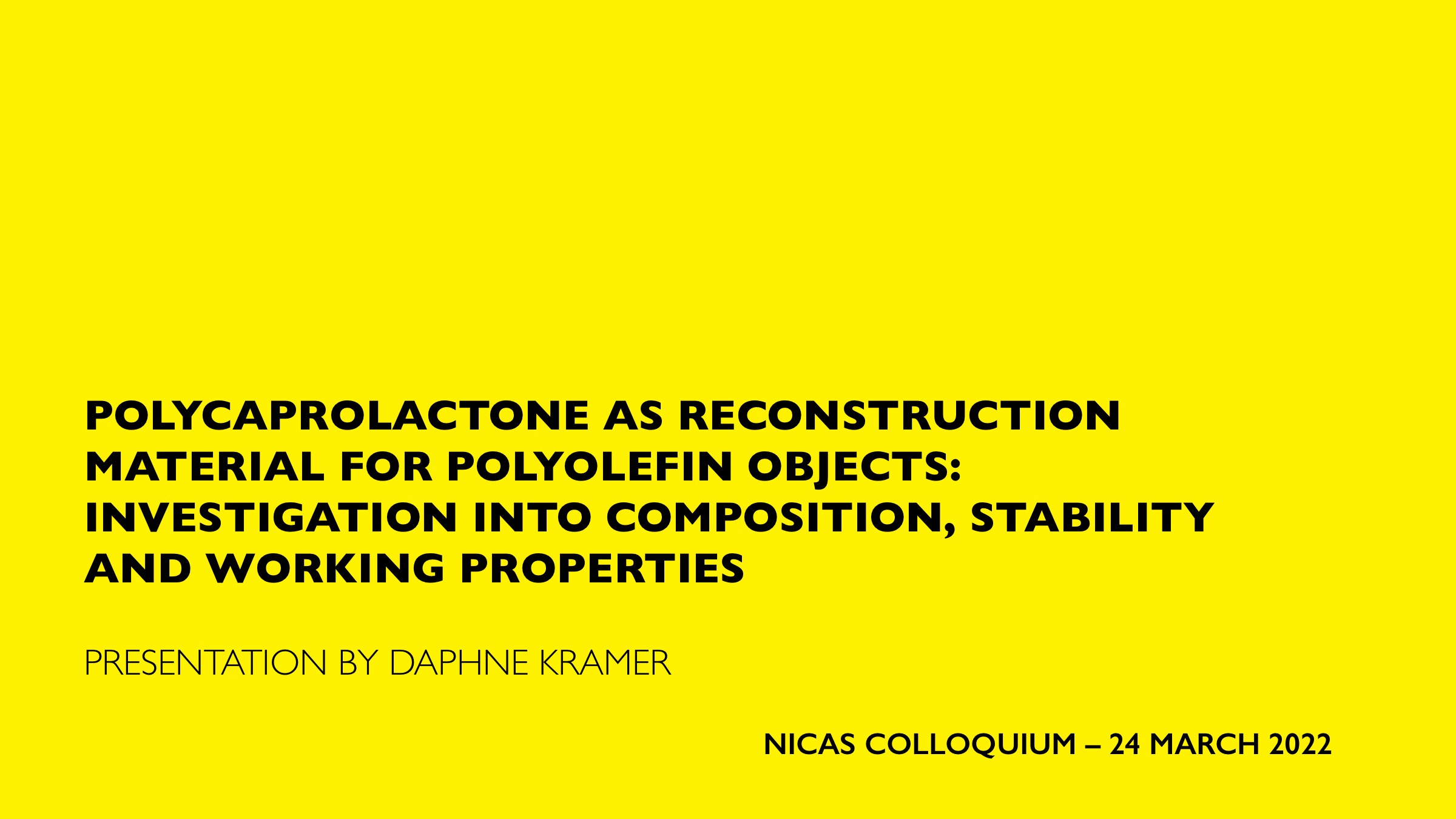
NICAS COLLOQUIUM
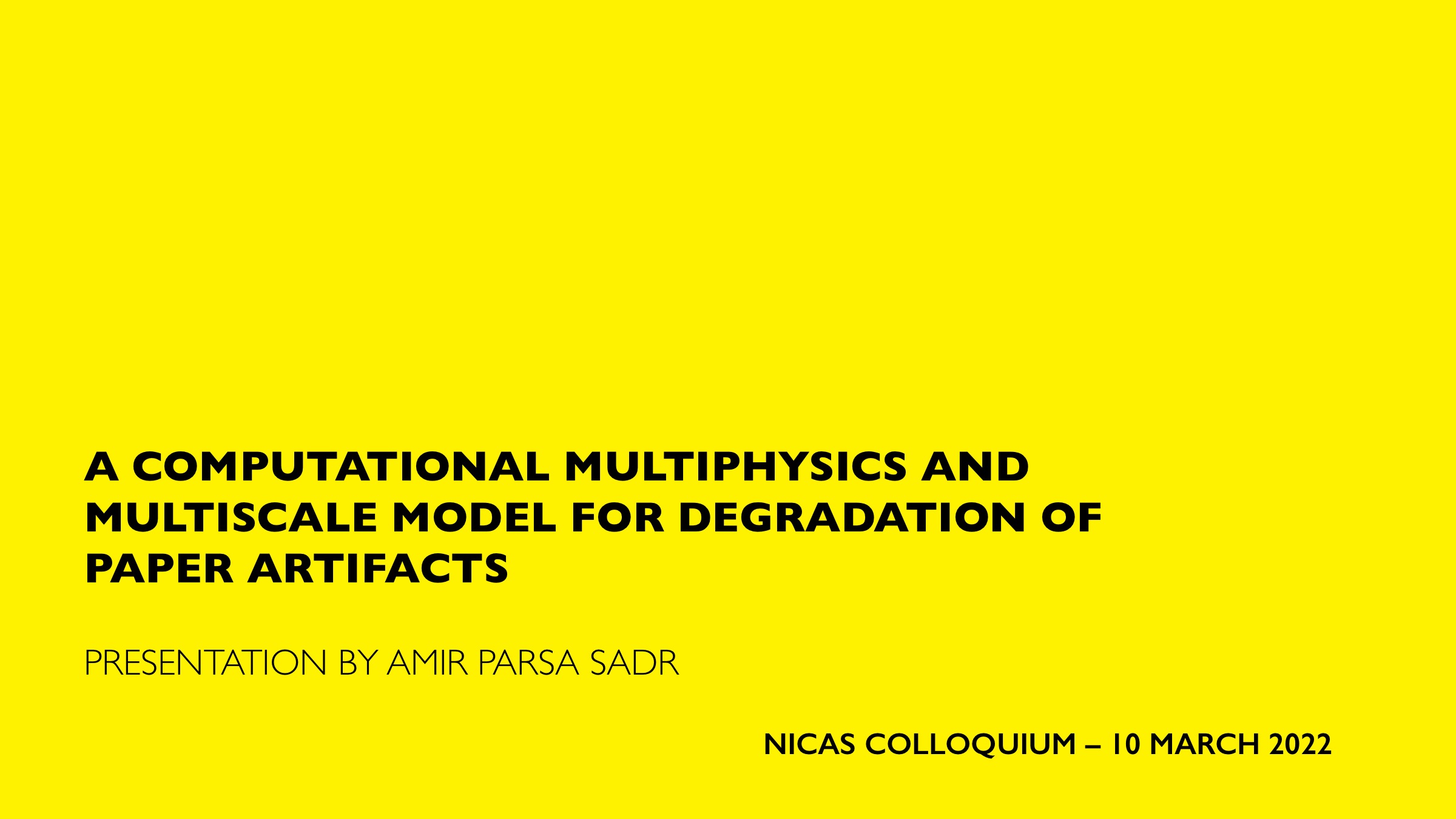
NICAS COLLOQUIUM
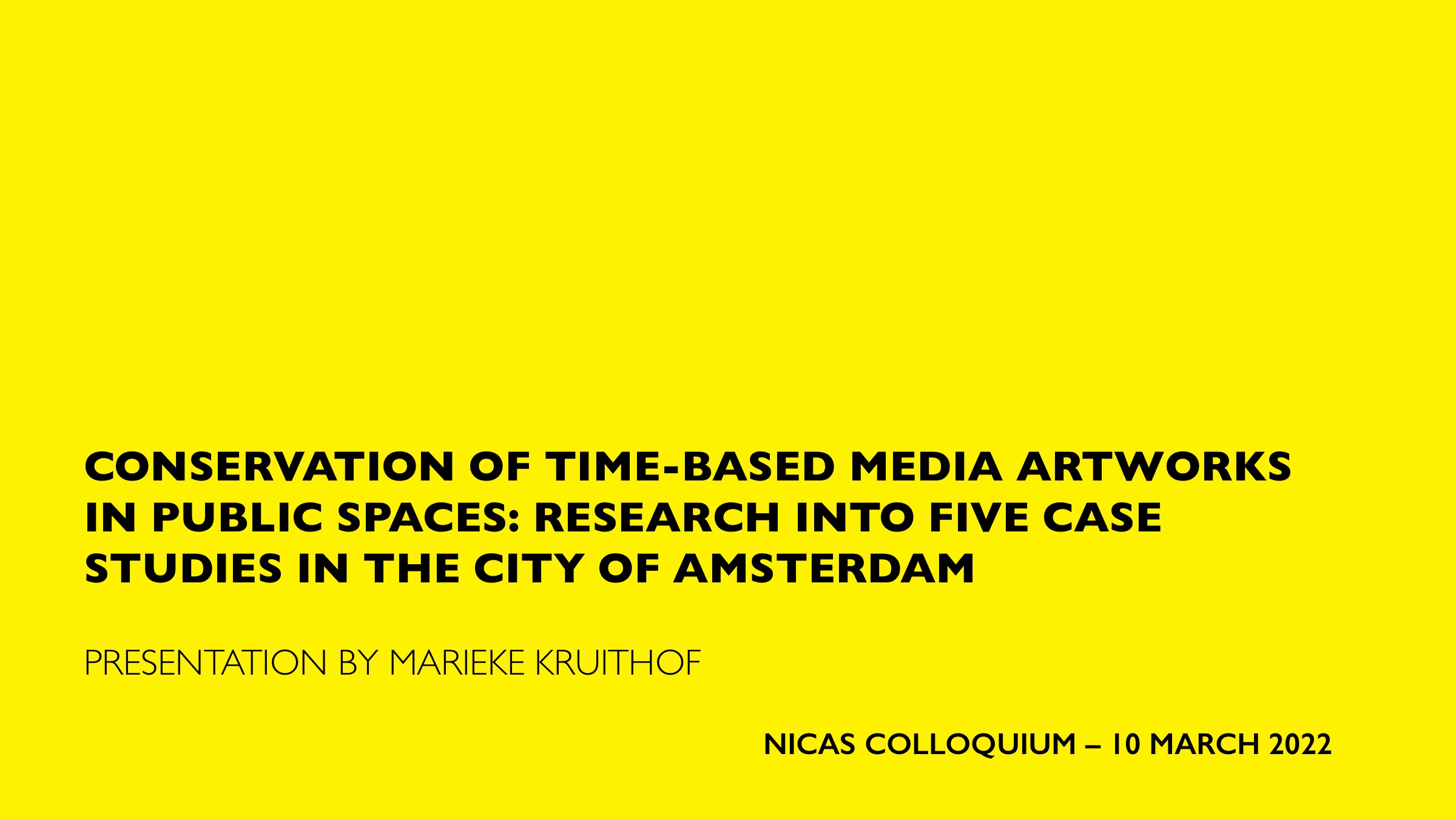
NICAS COLLOQUIUM
-
NICAS PROJECT DAY 2022 - THIRD PART
-
NICAS PROJECT DAY 2022 - SECOND PART
-
NICAS PROJECT DAY 2022 - FIRST PART
-
NICAS COLLOQUIUM
Paul van Duin is Head of Furniture Conservation and chair of the Rijksmuseum climate working group. Sustainability is one of the key priorities of the Rijksmuseum. The energy required to maintain the present climate specifications equals that of a small village. Much research has been carried out internationally to determine how far these can be relaxed without creating risk of damage. Because every object is different, this has not yet resulted in clear guidelines. Since 1,5 years the Rijksmuseum has a unique working group where conservators and engineers collaborate to advise the directors on how to save energy, both within the present climate specifications, but also by exploring the possibilities to broaden these in a safe way. The presentation gives an overview of the development of the present specifications, research carried out on wooden panels, and the approach of the climate working group. -
NICAS COLLOQUIUM
Sustainability is something that we hear a lot about today. As ever increasing repercussions from climate change affect not only our homes, but our heritage, cultural professionals now have the responsibility to ensure that we are thinking about not only the past - but the future. Sustainability has to be a priority. But how do we do that when we are not trained to do so? When we already have so much on our plates and are constantly pressed for time? We will explore the sustainability lens and how to integrate futures thinking into our practice and our field. -
NICAS COLLOQUIUM
Plastic consumer objects are being used by many artists in their artworks. Typical for these works is a shift from material to concept; the hand of the artist is visible in the way these objects are arranged instead of the way they are shaped. Polyolefin plastics are the most widely used materials for these objects. Breakage and dissociation of parts are common problems. Polyolefin plastics are difficult to adhere, and it is difficult to find a replacement part that can be included in the artwork. Polycaprolactone (PCL) may be a suitable material to recreate disassociated or broken polyolefin objects. It was tested on content, stability in a museum climate, on working properties and its aesthetic qualities. PCL proved to be a convincing match to polyolefins and had good working properties. However, this study also showed that there is difference in composition between brands and that composition can change over time upon aging. -
NICAS COLLOQUIUM
Amir Parsa Sadr is a PhD student in the Chair of Applied Mechanics at the Eindhoven University of Technology (TU/e). His research interest lies in the field of computational mechanics, in particular on multi-scale methods applied for fibrous materials and multi-physics problems. His PhD research focuses on the time-dependent degradation behaviour of paper artifacts. In this presentation, he will talk about a computational multiphysics and multiscale model for degradation of paper artifacts. -
NICAS COLLOQUIUM
Marieke Kruithof is a contemporary art conservator in training. In this presentation, she talks about the conservation of time-based media art. Time-based media art is a fast-growing category of public art. All artworks in the open air are exposed to threats from weather, pollution and passers-by, but time-based media art in public spaces is particularly vulnerable due to its use of electronic equipment in this environment which must operate for many more hours than it would in a museum. Even with extensive testing, detailed documentation and elaborate discussions about conservation during the development process, technical equipment may fail unexpectedly. This research aims to illuminate the challenges that arise when caring for time-based media artworks in the public space. Several recommendations that help to ensure the long-term functionality of the work will be presented. These recommendations are the results of research into case studies, based on 12 in-depth interviews with the various artists, owners and stakeholders of five time-based media artworks in the city of Amsterdam.
